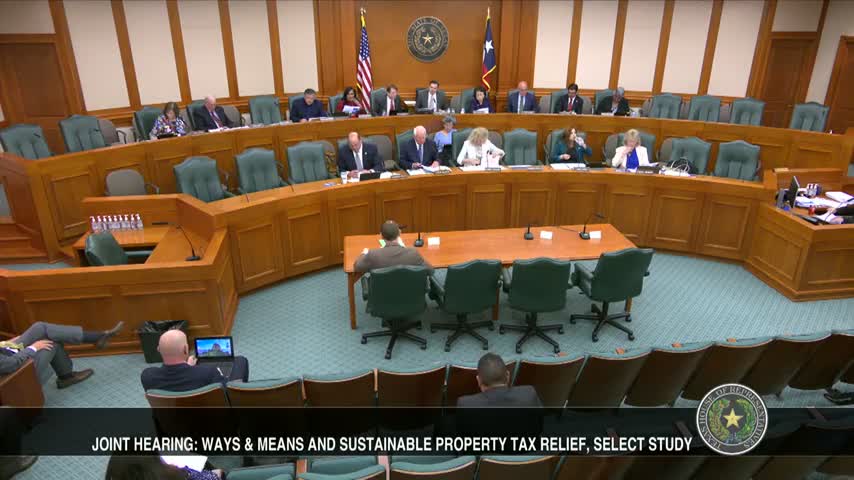Texas schools face attendance crisis post COVID
September 26, 2024 | Committee on Ways & Means, HOUSE OF REPRESENTATIVES, Legislative, Texas
This article was created by AI summarizing key points discussed. AI makes mistakes, so for full details and context, please refer to the video of the full meeting. Please report any errors so we can fix them. Report an error »

In a recent government meeting, officials discussed the troubling trend of increased non-attendance in schools, attributing it to cultural shifts following the COVID-19 pandemic. An educator shared insights from discussions with peers across the state, suggesting that two main factors contribute to this decline: a diminished perception of the importance of daily school attendance and a heightened tendency for families to keep children home at the slightest sign of illness.
The educator emphasized that these observations are largely anecdotal and reflect broader societal changes that are difficult to reverse. As a response to the decline in attendance, officials are considering adjustments to school finance formulas to better support districts facing these challenges. Currently, schools receive approximately $380 million less annually due to decreased attendance, which has resulted in an average decline of 1% in attendance rates across Texas, equating to about 1.7 fewer school days per student over the academic year.
The meeting also highlighted the need for proactive attendance recovery efforts. Officials discussed implementing automated communication tools to engage families when students begin to miss school. For instance, if a student is absent for two consecutive days, schools would initiate outreach to understand the situation and encourage the child's return.
Additionally, the meeting touched on demographic shifts affecting school populations. One official noted that while Texas's overall population is growing, the student population is not, leading to significant numbers of empty seats in schools. For example, the Richardson School District is facing the closure of five schools due to an estimated 12,000 empty seats, a situation driven by local decisions rather than state mandates.
The discussions underscored the complexities of school funding, which is directly tied to student enrollment. As attendance continues to decline, the financial implications for schools become increasingly significant, prompting a need for strategic adjustments to ensure educational resources are effectively allocated.
The educator emphasized that these observations are largely anecdotal and reflect broader societal changes that are difficult to reverse. As a response to the decline in attendance, officials are considering adjustments to school finance formulas to better support districts facing these challenges. Currently, schools receive approximately $380 million less annually due to decreased attendance, which has resulted in an average decline of 1% in attendance rates across Texas, equating to about 1.7 fewer school days per student over the academic year.
The meeting also highlighted the need for proactive attendance recovery efforts. Officials discussed implementing automated communication tools to engage families when students begin to miss school. For instance, if a student is absent for two consecutive days, schools would initiate outreach to understand the situation and encourage the child's return.
Additionally, the meeting touched on demographic shifts affecting school populations. One official noted that while Texas's overall population is growing, the student population is not, leading to significant numbers of empty seats in schools. For example, the Richardson School District is facing the closure of five schools due to an estimated 12,000 empty seats, a situation driven by local decisions rather than state mandates.
The discussions underscored the complexities of school funding, which is directly tied to student enrollment. As attendance continues to decline, the financial implications for schools become increasingly significant, prompting a need for strategic adjustments to ensure educational resources are effectively allocated.
View full meeting
This article is based on a recent meeting—watch the full video and explore the complete transcript for deeper insights into the discussion.
View full meeting
